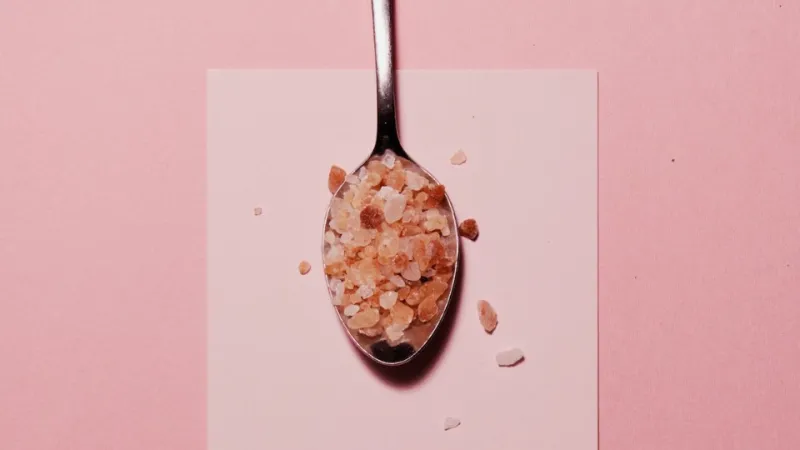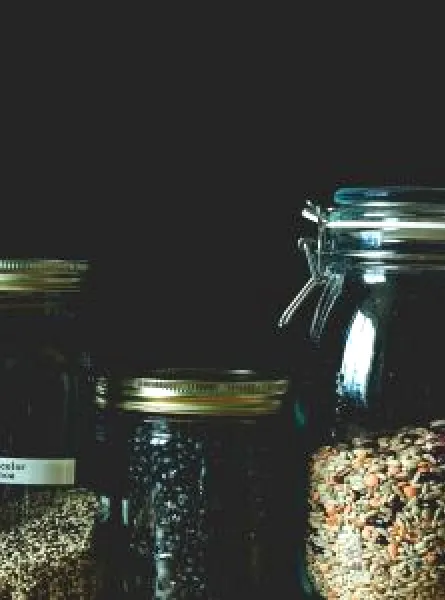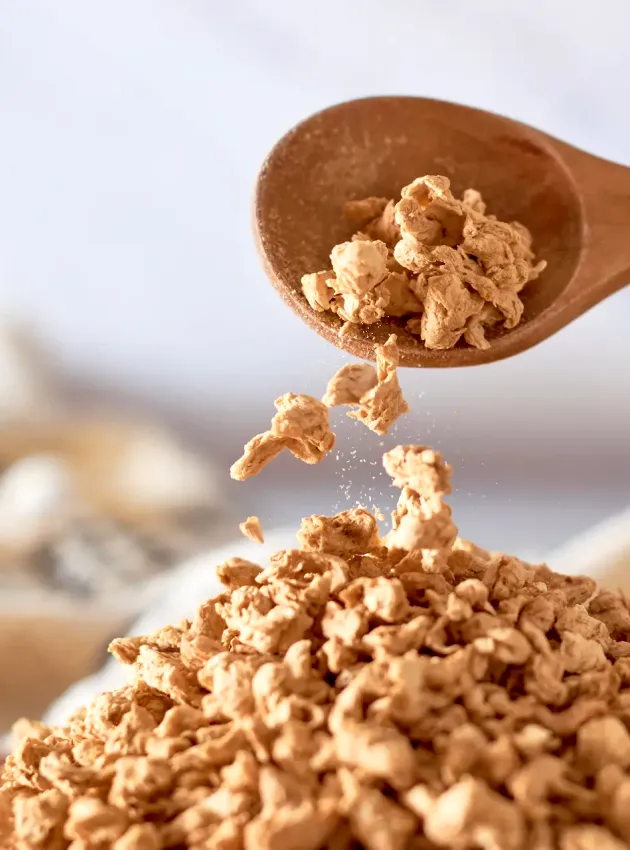
Salt, commonly known as sodium chloride, is a mineral consisting of about 40% sodium and 60% chloride. Known for enhancing the taste of food, salt also acts as a stabilizing and preserving agent in processed foods. Thus, its prevalence in our daily diet.
How Much Salt Should We Consume?
The body requires a minimum of about 500 mg of sodium per day to:
- Maintain the body's fluid balance;
- Maintain the equilibrium of nerve functioning;
- Support the balance of the body's muscular contractions, particularly the heart's contractions;
- Regulate blood pressure.
This necessary minimum amount, which supports the vital functions mentioned above, corresponds to only 1/5 of a teaspoon of table salt per day! Considering the abundant presence of sodium in commonly consumed foods, most individuals do not need to worry about meeting this quantity. In fact, most exceed it. It's estimated that Canadians currently consume an average of 2,760 milligrams (mg) of sodium per day.
Excessive sodium intake is associated with an increased risk of high blood pressure, a significant risk factor for heart disease and stroke. Therefore, Health Canada recommends consuming 1,500 mg of sodium per day and not exceeding 2,300 mg per day, the latter figure equivalent to one teaspoon of salt.
To give you a better idea of the sodium content in foods, here is a list of high-sodium foods:
- Miso: 175 ml (3/4 cup) contains 7,583 mg of sodium
- Grilled Bacon: 100g (approx. 4 slices) contains 2,310 mg of sodium
- Regular ham, 11% fat, sliced: 100g contains 1,500 mg of sodium
- Ready-to-serve fish sauce: 15 ml (1 tbsp) contains 1,408 mg of sodium
- Baking Soda: 5 ml (1 tsp) contains 1,284 mg of sodium
- Soy sauce, shoyu, and tamari: 15 ml (1 tbsp) contains 914 to 1,038 mg of sodium
- Non-rinsed canned legumes: 250 ml (1 cup) contains 718 to 873 mg of sodium
- Smoked Salmon: 100g contains 784 mg of sodium
- Ready-to-serve teriyaki sauce: 15 ml (1 tbsp) contains 700 mg of sodium
- Canned Tomato Sauce: 125 ml (1/2 cup) contains 678 mg of sodium
- Reduced Sodium Soy Sauce: 15 ml (1 tbsp) contains 608 mg of sodium
- Pickles: 1 pickle (65g) contains 569 mg of sodium
- Feta Cheese: 50g contains 558 mg of sodium
- Canned Sardines: 100g (8 medium) contains 505 mg of sodium
- Cottage Cheese, 2% fat: 125 ml (1/2 cup) contains 485 mg of sodium
Easy Tips to Reduce Sodium Intake
Here are some simple ways to reduce sodium intake by making a few substitutions and changes to our diet:
- Replace salty snacks like chips, popcorn, or salted nuts with fresh fruits or vegetables, or opt for unsalted popcorn or nuts;
- Add lean roasted pork or roasted chicken breast instead of cold meats in sandwiches;
- Substitute salted butter or margarine with unsalted butter or margarine, or even with vegetable oils;
- Reduce table salt, celery salt, and garlic salt added to your favourite dishes, and favour fine herbs, garlic or onion powder, paprika, lemon juice, or other spice blends;
- Thoroughly rinse canned vegetables or legumes to reduce their sodium content;
- Opt for low-sodium or no-salt-added soups, broths, and canned sauces;
- Try natural Greek yogurt instead of cottage cheese for a healthy, protein-rich snack or breakfast with less sodium;
- Try natural quick oats to which you can add fruits or nuts for added flavour, instead of seasoned instant oats.
Are 'Natural' Salts Healthier?
With various types of salts on the market, some touted as more natural than others, it's natural to question their differences and whether they're healthier than table salt. However, whether the salt is mined (as is the case with most table salts) or produced from sea water evaporation, the primary ingredient is still sodium chloride. The nutritional differences are minimal.
Larger crystal salts like kosher salt or Himalayan pink salt contain traces of minerals like magnesium, iron, or calcium, which are generally not present in table salt as it's more processed. However, the quantity of these minerals is minimal, and these types of salts aren't nutritionally superior to table salt.
Iodized Salt to Counteract Thyroid Problems
Finally, it's crucial to note that only table salt is fortified with iodine. This mineral is added to salt to prevent iodine deficiency, a significant global issue. Iodine deficiency can have adverse effects on growth and development and cause thyroid gland diseases. From this standpoint, it is preferable to consume table salt.
References:






